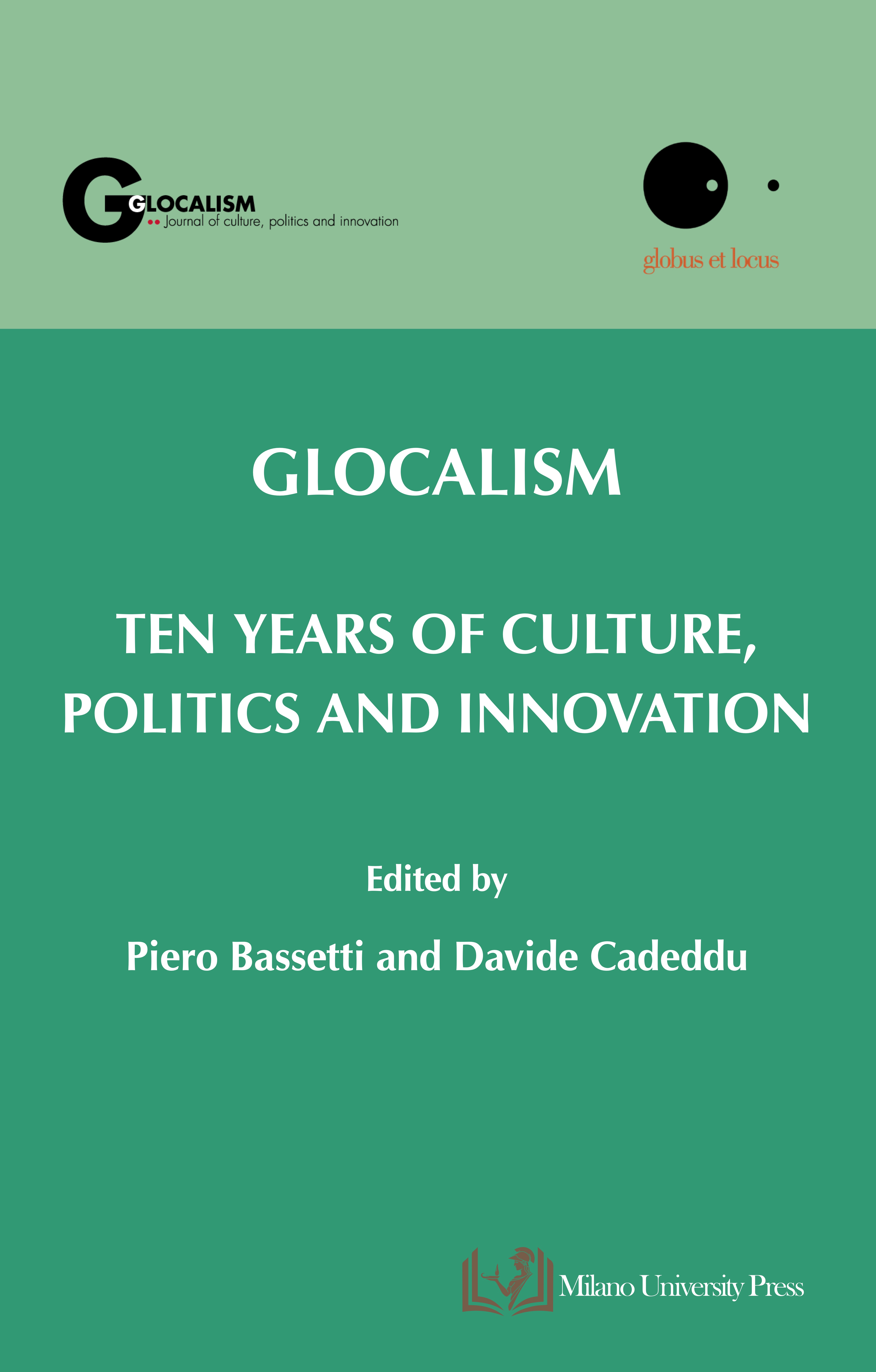Indo-US Convergence in the Indo-Pacific: China’s Containment and Lingering Constraints
DOI:
https://doi.org/10.12893/gjcpi.2020.2.2Keywords:
India, United States, China, Indo-Pacific, securityAbstract
The interests of India and the United States (US) converge on multiple aspects in the Indo-Pacific. These interests range from economics to geopolitics to regional stability. India’s Look East Policy, rechristened as Act East Policy, in addition to economic, cultural and commercial goals, includes strategic interests to expand India’s influence in East Asia and to the larger Indo-Pacific. The US, challenged by the rise of China, has initiated a quadrilateral grouping of democracies (QUAD) and the Free and Open Indo-Pacific (FOIP) strategy with the objective of reasserting American primacy in the Indo-Pacific. The US-India Joint Strategic Vision for the Asia-Pacific and Indian Ocean Region signed in 2015 and the Indo-Pacific Strategy Report 2019 emphasize the indispensability of the partnership between the US and India in the Indo-Pacific. The policies of the US and India towards the Indo-Pacific converge on ensuring peace, stability, maritime security, freedom of navigation, the fight against terrorism, peaceful settlement of disputes and ensuring connectivity of land, sea, and air transportation. Though not stated bluntly, containing the growing Chinese influence by mobilizing countries in the region figures prominently in the strategic schemes of both India and the US. As the most important strategic region in world politics, India, the US and China have vital economic and security interests at stake. By relying on a realist approach, the paper probes the main drivers and constraints of the Indo-US strategic partnership in the Indo-Pacific. The paper outlines and analyses the context of the Indo-US collaboration in the Indo-Pacific, their shared views and concerns, its anti-China mode and the constraints of the partnership. This study adopts qualitative methods and uses interpretative and analytical tools to explain the case.
Downloads

Downloads
Published
Issue
Section
License

This work is licensed under a Creative Commons Attribution-ShareAlike 4.0 International License.










